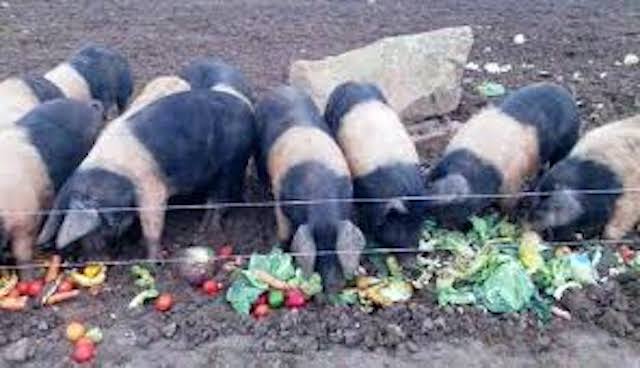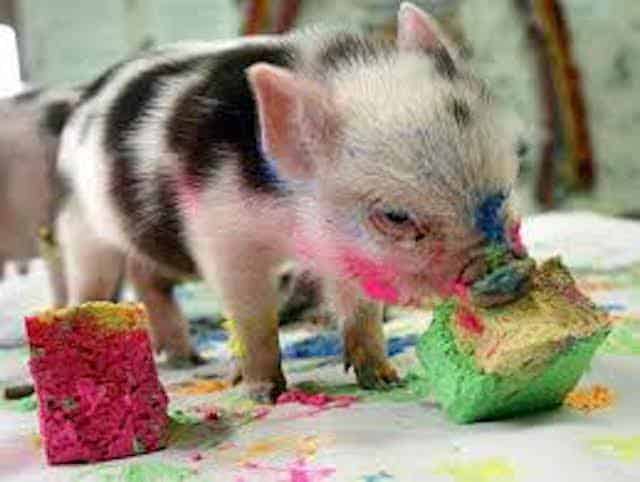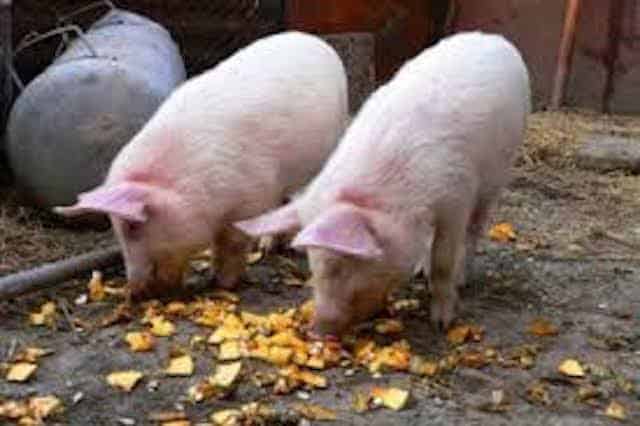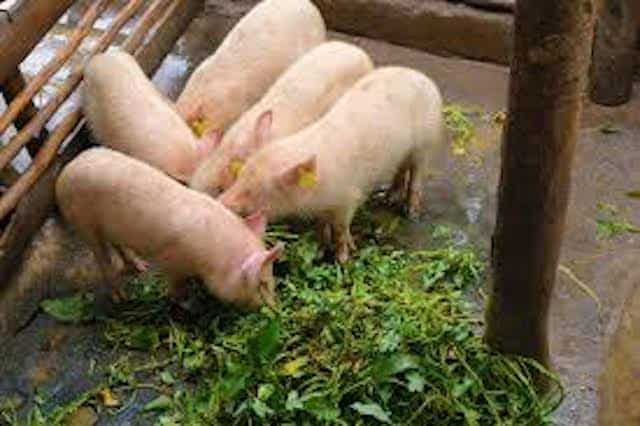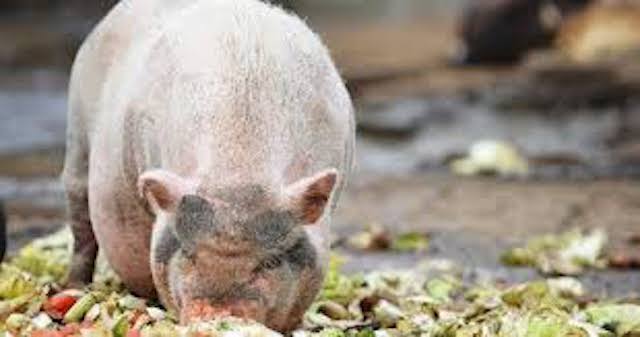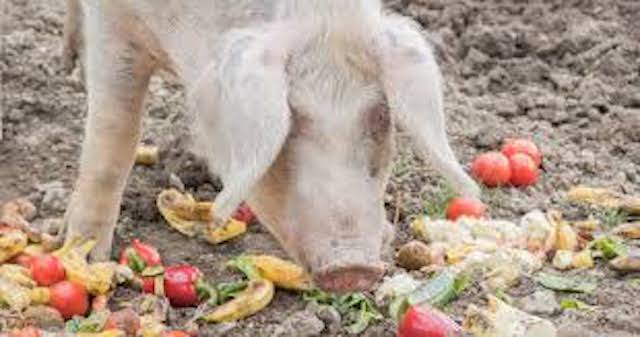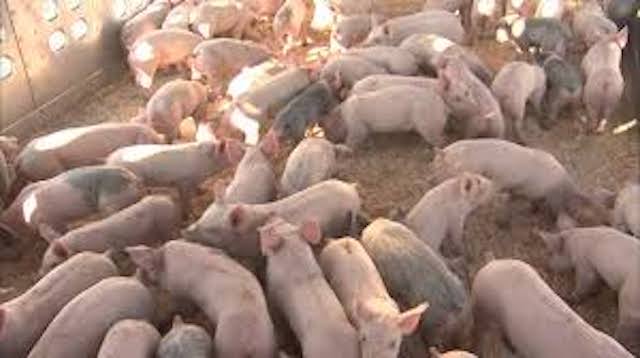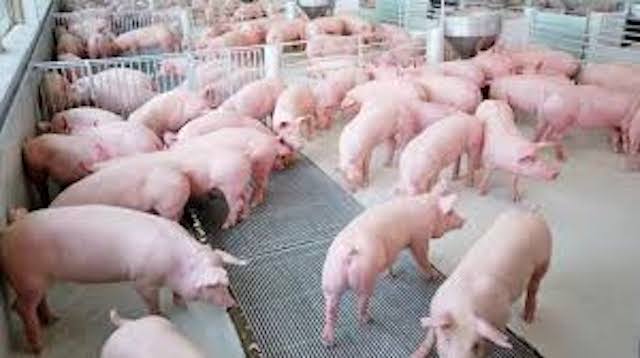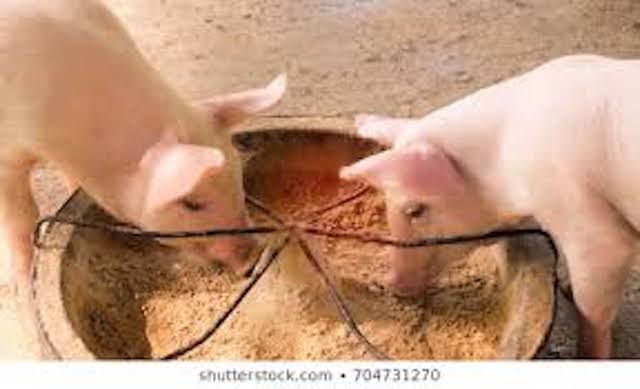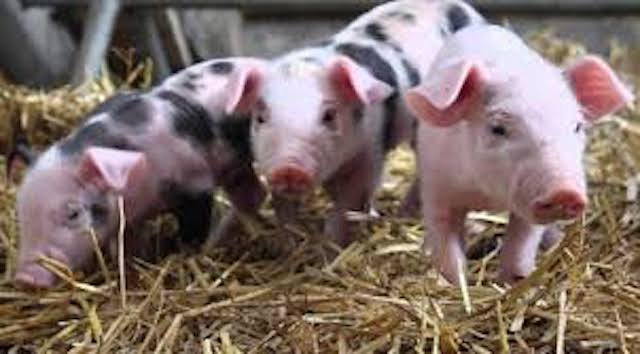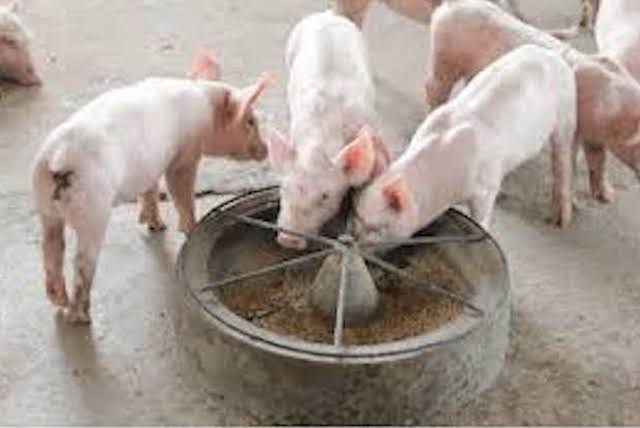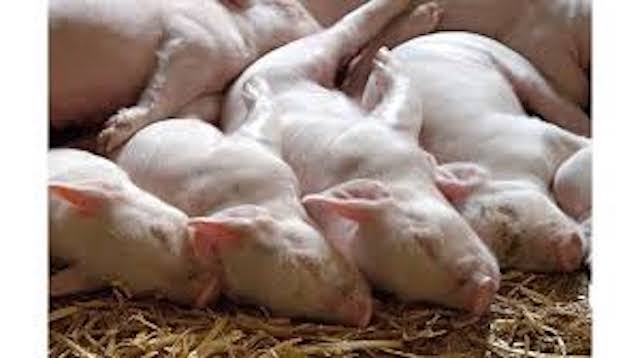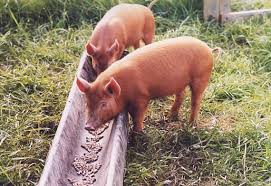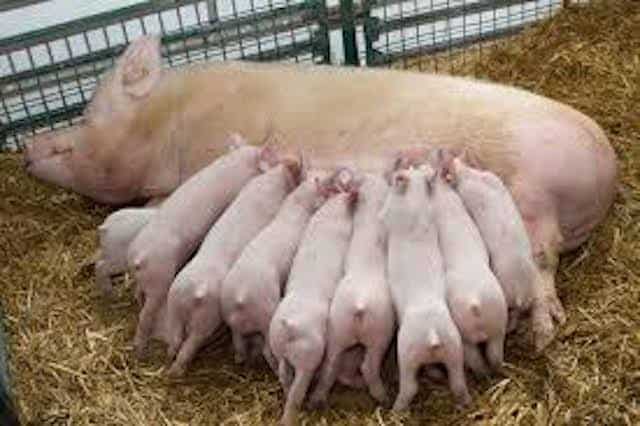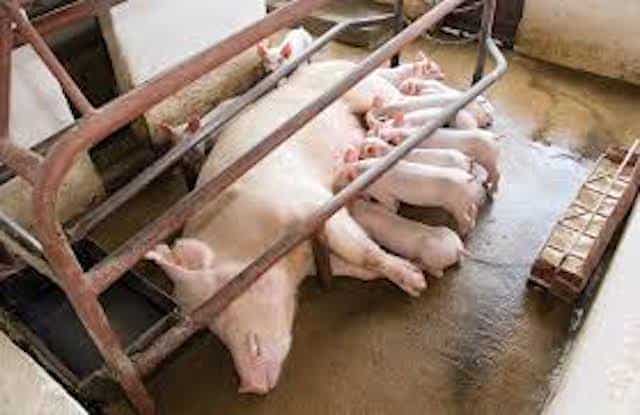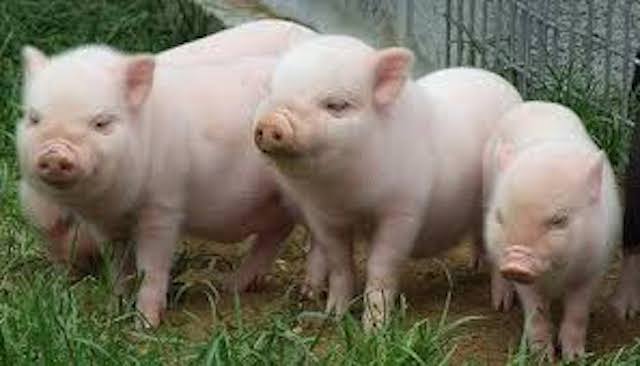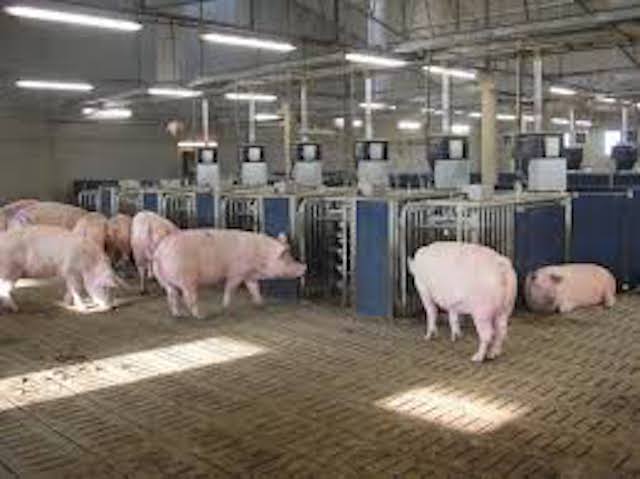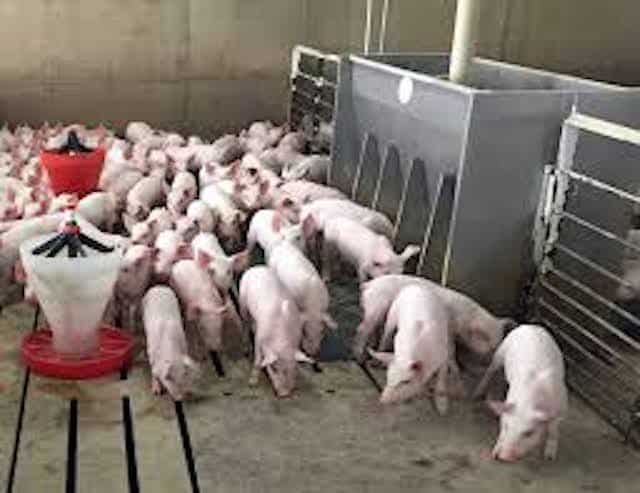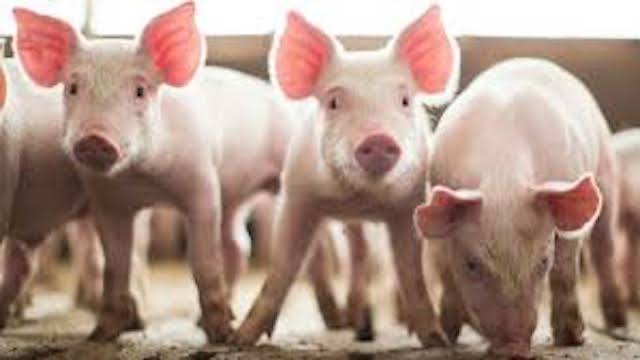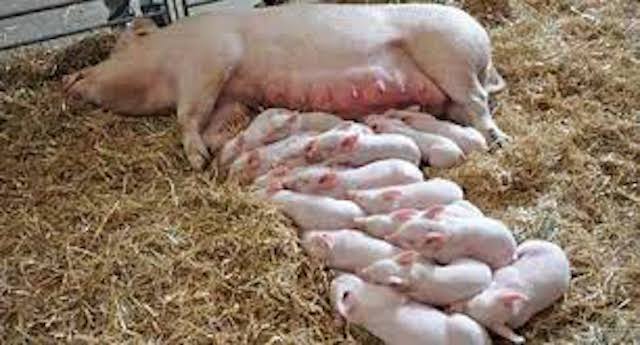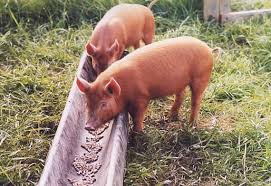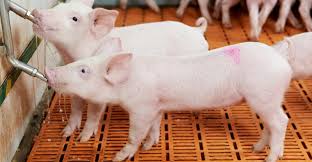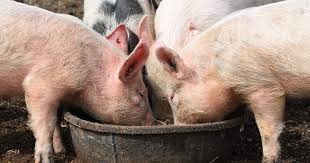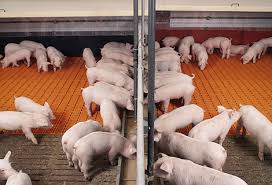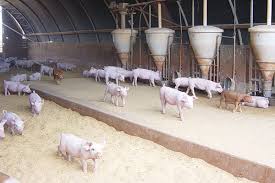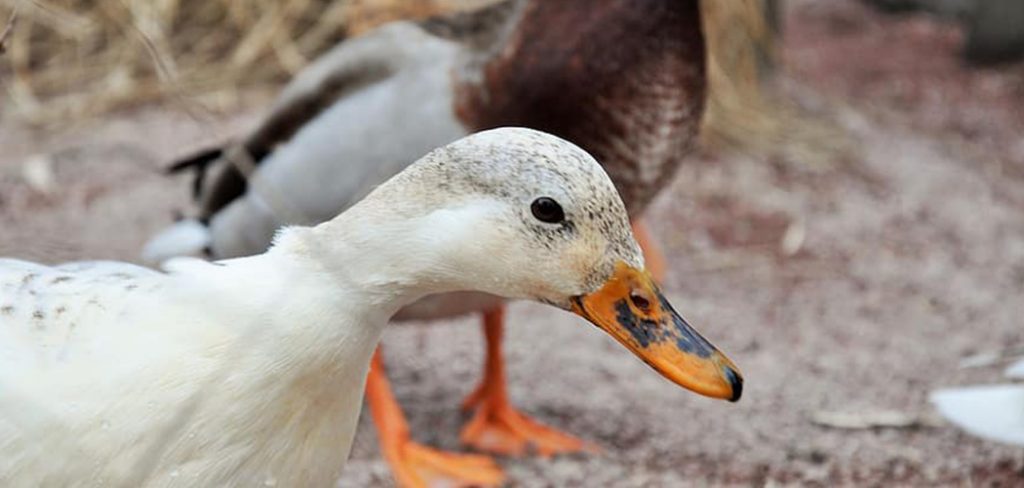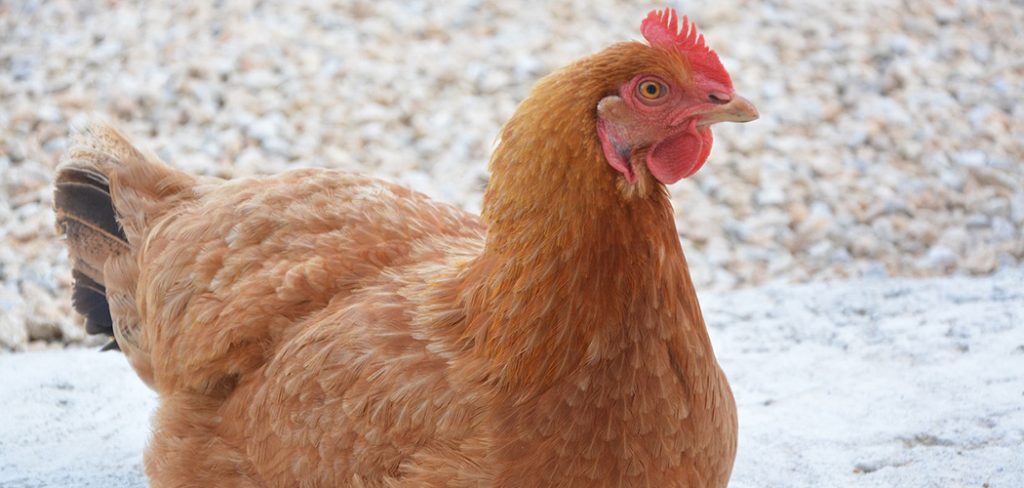One critical factor in the growth of swine production is a proper piglet feeding care. Knowing the appropriate way to feed the pigs will impact the way the pigs grow.
Piglets caretakers needs a piglet feeding guide to make sure that pigs get ample protein and low fiber. To help you care for your piglets, here are some tips to guide you in feeding them.
Food not to feed the piglets
Although pigs will eat anything -scraps, leftover, bread, vegetables, fruits, grains, and so on, the growth rate of the piglets are best maintained if the food is made explicitly for pigs.
Sadly, there are some foods that we should avoid giving to the piglets. These foods are high sugar food, cracked corn, too sweet foods, fish, fruits, milk, potatoes, and dog food.
Foods rich in sugar can slow down the growth rate of the piglets. Other foods like what I mentioned may harbor viruses. The seeds from apples, peaches, apricots, and pears consist of amygdalin.
It is a type of cyanogenic glycoside that is released when chewed. The pigs can get illnesses, death, and discomfort by eating these foods.
Potatoes have a toxin known as glycoalkaloids that causes severe stomach pain or death to the piglets. The solanine from this food also destroys the piglet’s cells that may cause diarrhea and heart failure to occur.
Good food to feed the Piglets
Foods that are intended for pigs to help the pigs to get optimal growth and development. These foods must meet the needs for growth, maintenance, reproduction, and sufficient energy, minerals, proteins, and vitamins.
Farm grains are the best source of food for piglets. Most of the corn-based feeds are used because these are low in fiber, have a digestible carbohydrate, and very cost-effective.
Also, feeds that are mixed with rice bran, maize, broken rice, cassava, vegetables, and the distiller’s residue are good for piglets.
Feeding Requirements for Piglets
The food and water requirements change as the piglets grow. Piglets under 40 pounds should be fed with a solid diet by creep feeding while stick suckling.
However, dietary needs will increase daily as the pigs get more weight. When the piglets weigh 40 pounds to 125 pounds, including the pigs, up to 230 pounds or more must transition from grower feeds to finisher feeds where nutrients are less dense.
Piglets growing rate
Pigs eat about 4% of their body weight in a day. It requires several nutrients to meet the everyday needs of pigs like water, fats, protein, carbohydrates, vitamins, and minerals.
Having a proper diet, your piglets may gain weight of 1.5 to 1.7 pounds daily to approximately 110 pounds. After this, it will get more pounds from 1.8 to 2.2 in a day.
Other factors for Piglets’ growth
For you to maximize the feed intake of piglets, some factors are also important to consider. It includes temperature, water supply, and sanitation.
Pigs perform well in a wide range of temperatures. However, too high nor too low temperatures harm the pigs. Water is another crucial factor for piglets. Since one half to two-thirds of the pig’s body is water, access to clean drinking water is necessary.
Having poor sanitation can lead to disease. So, adequately designed feeders will give a maximum food intake.
